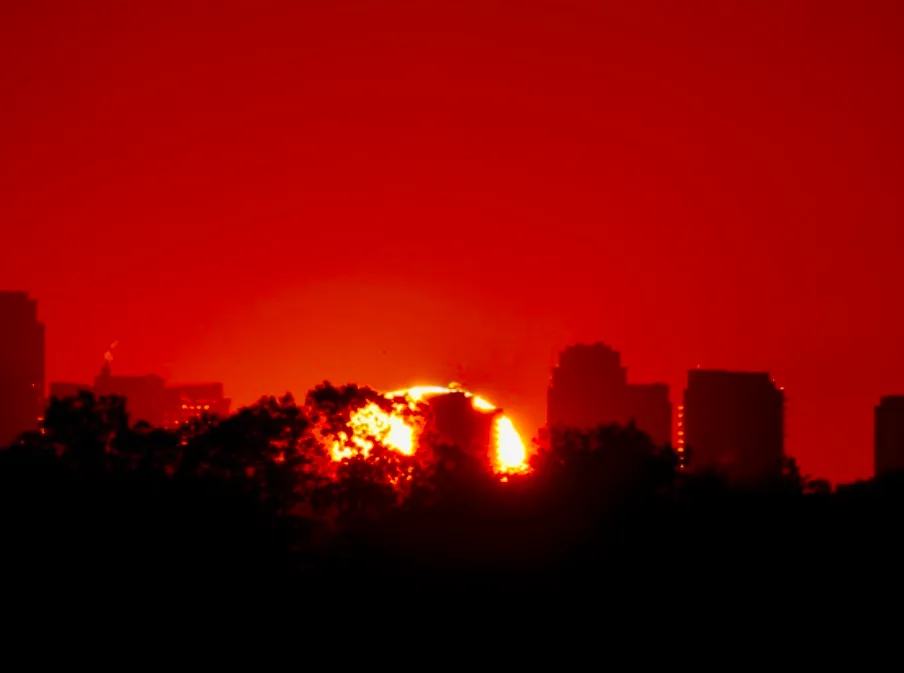
Future of heat waves in Canada presents challenges to human health
Hot summer days are often welcomed by many Canadians, but climate scientists are warning that increasingly frequent heat waves can be dangerous and may cause severe health issues.
Every Canadian has a different idea of what makes a “hot” day. For some, waking up to 28°C is too much while others bask in the Sun at 35°C.
No matter your threshold, we all could soon live in a Canada that is too hot and puts people at risk for developing issues with their lungs, heart, liver and kidneys. There is no doubt that climate change will bring more heat waves. Our summers could become unbearable and there are now numbers to paint the picture.
Researchers at the Prairie Climate Centre created a forecast to help us understand the future of heat waves. They gathered data that predicts a scenario that would play out if greenhouse gas emissions continue at their current rate.
See below for the report’s key findings:
Halifax: By 2051-2080, Halifax is projected to experience a dozen 30°C days per year, up from an average of just one per year historically.
Montreal: Heat waves are projected to become even hotter, with daytime max temperatures averaging 33.0°C by 2051-2080.
Ottawa: By 2051-2080, a heat wave in Ottawa could last longer than 17 days. Historically, the longest heat wave would be closer to just four days.
Toronto: By 2051-2080, overnight temperatures during heat waves will remain at or above 21°C on average, an increase of 1.7°C.
Winnipeg: Heat waves in Winnipeg historically lasted between three and four days. By 2051-2080, they are projected to persist for longer than seven days.
Regina: The average number of days per year that reaches or exceeds 34°C is expected to increase from three to over 23 by 2051-2080.
Calgary: Historically, heatwaves are rare in Calgary. By 2051-2080, however, climate models project an average of four heat waves per year.
Victoria: Towards the end of this century, cities like Victoria could regularly experience at least one heat wave per year.
Yellowknife: Heat waves in the Arctic? In a high carbon future, places like Yellowknife may experience at least one heat wave per year on a regular basis.
These predictions do not take into account the urban heat island effect, essentially cities being so packed together that they generate their own heat.
The heat alone will be tough to withstand, but another thing to remember is when temperatures become this hot it can also be a catalyst for more air pollution. Wildfires may also become more common, which will add more smoke and particulate matter into the air.
It’s important to remember that even though this projection seems far away, we are already seeing little glimpses of this happening. In 2018 many Canadian cities experienced extreme heat, especially in the province of Quebec. There were dozens of deaths and it was evident that the elderly were at a higher risk.
So what can we do to U-turn away from this extremely hot Canada?
Vote, understand the climate promises of your party
Think renewable energy, this can help us create a path to sustainability
Talk about it! Talk about the solutions that exist today with family and friends
Some of the changes to our climate are inevitable, we’ve put too much carbon into the atmosphere already and will experience the effect of this as a result, but existing solutions still have time to curb some characteristics of future heat waves.
Thumbnail image submitted by: Elvira Rea

